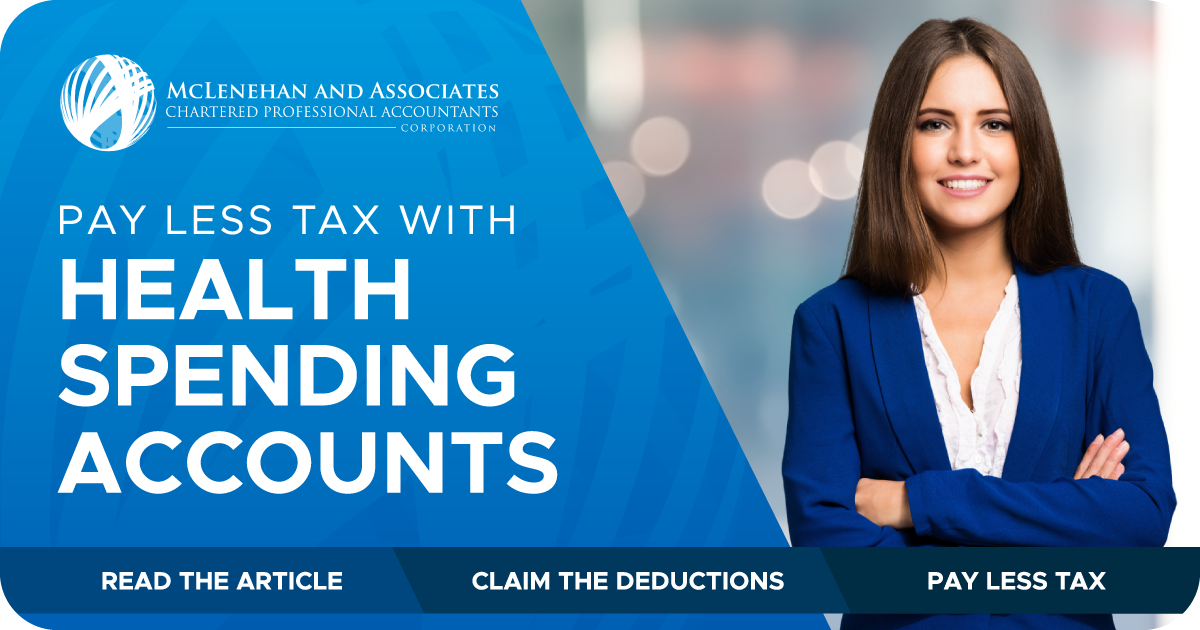Salary or dividends for small-business owners?
The way a bonus is paid has a significant effect on corporate and personal after-tax income.

Canada Revenue Agency (CRA) can be difficult to deal with at the best of times. No one likes to feel as though they are at risk of being assessed a fine by CRA when preparing their payroll. Here are five common payroll mistakes (and how to avoid them):
1. Not remitting on time
Not making your payroll remittances to CRA on time will definitely result in you being penalized. When it comes to payroll deductions CRA considers you to be holding that money in trust on behalf of the government. You aren’t remitting YOUR money, you’re remitting THEIR money.
It can be hard to remember to remit and if you’re late on a remittance, CRA can fine you 10% of the total of the late remittance for the first occurrence. The longer you wait to remit, the more interest you are charged on outstanding amounts owing. If you offend a second time in a calendar year, the penalty doubles to 20%.
Solution: I recommend to clients that they outsource their payroll. Most payroll providers guarantee on-time remittances. I personally use Payworks (www.payworks.ca) for the payroll of my firm. If you try to do your payroll yourself you run the risk of making expensive mistakes.
2. Paying employees like contractors
Paying your employees as if they were contractors will result in outstanding payroll deductions, penalties and interest if your company is ever audited by CRA. If CRA scrutinizes the nature of your relationship and determines that it is an employer/employee relationship rather than a contractor/subcontractor relationship you could end up being liable for CPP and EI owing on whatever amounts were paid to that employee. For 2015, this can be as much as $4,959.90 of CPP and $2,233.44 of EI.
In evaluating whether someone is an employee or a subcontractor CRA applies a series of tests to the relationship and the answers are indicative of the nature of the relationship. CRA has provided an information bulletin (RC4110 Employee or self-employed?) so that you may know how they make this decision ahead of time.
Solution: Talk to your CPA about the difference between employees and contractors, and make sure that your contractors are actually contractors. A conversation up front can save you thousands of dollars in payments to CRA later.
3. Not recording taxable benefits
When CRA audits the payroll of a company they often examine the taxable benefits that employees receive from their employer. A benefit is:
- A reimbursement of personal expenses;
- Free use of property, goods, or services owned by your business; or
- An allowance paid to an employee.
So a vehicle allowance, or a reimbursement for public transit passes, or the use of your company’s Winnipeg Jets tickets are all considered a benefit. The difficult part is determining whether or not a benefit is a taxable benefit.
Including taxable benefits on an employees T4 slip at the end of the year is important because CRA will likely fine you as the employer for under-reporting your employee’s income, and make that employee pay additional taxes.
Solution: Talk to your CPA about whether the benefits that you provide to your employees are taxable benefits. Make sure to include any taxable benefits provided in your employees income for the year.
4. Not deducting EI or CPP
There are very few circumstances where you do not deduct CPP from an employees pay cheque, and even fewer where you wouldn’t deduct EI.
Nearly everyone in Canada between the ages of 18 and 65 who works in Canada pays into CPP. At 65 years old, a person can elect to stop contributing to CPP by completing and filing form CPT30 with CRA. As an employer, your employee needs to provide you with a copy of this form or you have a requirement to collect and remit CPP.
One of the most common examples of when you wouldn’t deduct EI would be on your own pay cheque from your business if you are not paying into a self-employed EI plan.
Solution: For CPP, do not assume that employees over 65 years old are CPP exempt. Make sure that they provide you with a completed CPT30 form.
For EI, make sure that you are deducting EI unless the employee is also an owner of the business.
5. Arbitrarily deducting money
If you are unsure of how much to withhold and remit from an employees paycheque don't risk estimating the amount. If you overpay or under deduct from an employee you are responsible for the shortfall in the remittance to CRA.
Solution: Contact a payroll provider to ensure that you are deducting and remitting. You can also calculate the amount to remit uing CRA's free payroll deductions online calculator.
Talk to Mike McLenehan CPA, CGA
Given the complexity of payroll even for very small businesses, diligent business owners should meet with Mike McLenehan CPA, CGA to discuss corporate and personal needs before a decision is made.
Mike McLenehan CPA, CGA understands the needs of your business. This insight, plus knowledge of the tax regulations enables Mike McLenehan CPA, CGA to assist you in making the right decisions regarding payroll for your business.
Schedule a meeting with Mike McLenehan CPA, CGA by calling 204-505-3113 or emailing mike@mclenehan.com.

The way a bonus is paid has a significant effect on corporate and personal after-tax income.

Before choosing a date for your year end, think about the date that works best for your kind of business. Before choosing a date for your year end,...

A Health Spending Account is a cost-effective alternative or supplement to traditional health insurance. A Health Spending Account can turn your...